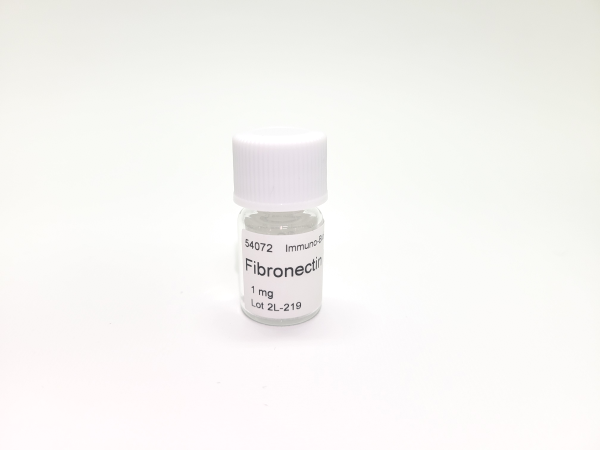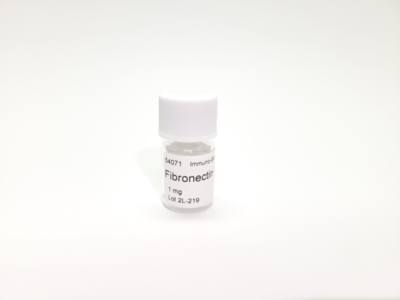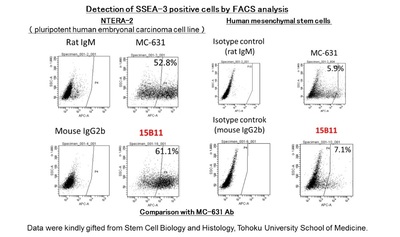- HOME >
- For Researchers >
- Product Search >
- Search Result >
- #54072 Fibronectin Neosilk®, Cellular
Product Search
#54072 Fibronectin Neosilk®, Cellular
- Intended Use:
- Research reagents
- Package Size1:
- 1 mg
※ The product indicated as "Research reagents" in the column Intended Use cannot be used
for diagnostic nor any medical purpose.
※ The datasheet listed on this page is sample only. Please refer to the datasheet
enclosed in the product purchased before use.
Product Overview
Product Overview
| Product Code | 54072 |
|---|---|
| Product Name | Fibronectin Neosilk®, Cellular |
| Maker Name | Immuno-Biological Laboratories Co., Ltd. |
| Intended Use | Research reagents |
| Storage Condition | 2 - 10℃ |
| Poisonous and Deleterious Substances | Not Applicable |
| Cartagena | Not Applicable |
| Package Size 1 | 1 mg |
| Remarks1 | Gene-derived organism:Human |
| Remarks2 | The commercial use of products without our permission is prohibited. Please make sure to contact us and obtain permission. |
Product Description
Product Description
A cellular fibronectin is an isoform of fibronectin proteins that is synthesized around cells to construct extracellular matrices as a cellular environment. The fibronectin secreted from cells promptly polymerizes and forms fibronectin matrices. Since the cellular fibronectin is detected from the proliferative tissues in living body, this fibronectin is thought to be related to cell growth and migration. The feature of the fibronectin has been also evaluated by recombinant technologies, which revealed that the fibronectin is superior to cell-adhesion and migration, and also suggested the possibility of having proliferative activity of cells.
Fibronectin Neosilk®, Cellular is a recombinant human fibronectin which is produced by transgenic silkworms as a homodimer of a cellular form-abundant splicing variant, EDA+, EDB+ and IIICS+. This recombinant fibronectin has the cell-adhesive activity comparable with or more than that of natural plasma fibronectin, and has a specific feature of free from animal derived materials. This product can be used as a coating material for various cultured cells including mesenchymal stem cells.
Fibronectin Neosilk®, Cellular is a recombinant human fibronectin which is produced by transgenic silkworms as a homodimer of a cellular form-abundant splicing variant, EDA+, EDB+ and IIICS+. This recombinant fibronectin has the cell-adhesive activity comparable with or more than that of natural plasma fibronectin, and has a specific feature of free from animal derived materials. This product can be used as a coating material for various cultured cells including mesenchymal stem cells.























